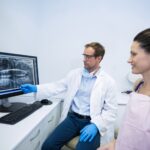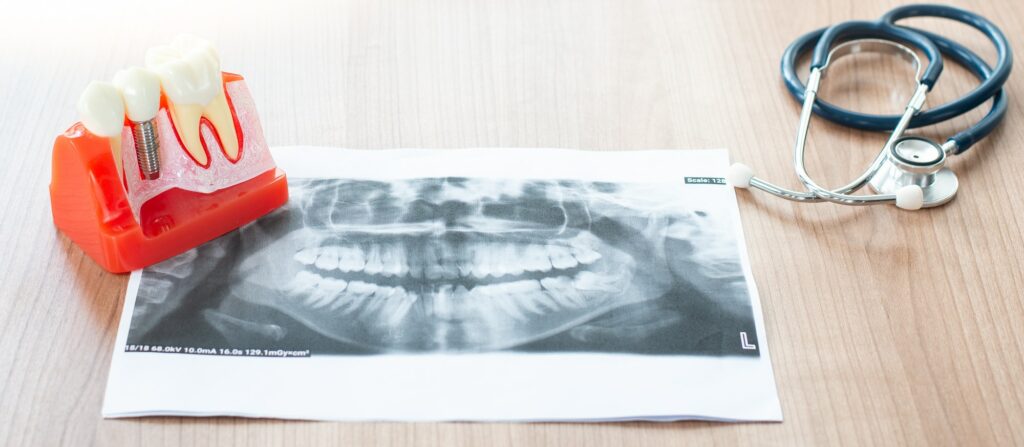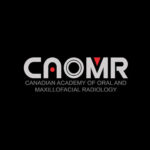- For Patients
For Patients
About Dental X-rays
What is a dental x-ray? Why do I need dental x-rays? Are dental x-rays safe? Other frequently asked questions. Learn more >
- For Students
For Students

Oral radiology offers diverse career possibilities in academia, research, and private practice settings. Many oral and maxillofacial radiologists combine some or all of these practice settings.
- For Dental Professionals
Healthy Mouth: Dental X-rays

Dental x-rays are an important diagnostic tool used to detect issues not apparent during a visual dental exam. How often x-rays should be taken depends on present oral health, age, the risk for disease and any signs of oral diseases like tooth decay. Children might need more frequent x-rays than adults because their teeth and jaws are still developing, while adults’ teeth may suffer from tooth decay less frequently. Your dentist will review your history, examine your mouth then decide if you need x-rays or not.
If you are a new patient, your dentist may recommend x-rays to measure the present status of your oral health and create a baseline for future identification of changes. New x-rays may be needed to help detect any new cavities or evaluate the growth and development of teeth. If previous dentists have taken any radiographs of you, your current dentist may ask for copies of them, thereby eliminating unnecessary radiation exposure.
The typical x-rays patients receive at their dental office are bitewing, periapical, and panoramic images. Bitewing and periapical images are considered intraoral radiographs; that is, the x-ray receptor (film or digital receiver) goes inside of the patient’s mouth during image acquisition. Bitewing x-rays are important to help your dentist visualize cavities forming between the teeth, as well as to assess the bony support (periodontal status) of the teeth. Periapical images allow your dentist to visualize the entire root and surrounding bone, which is important when looking for signs of dental infection. A panoramic radiograph provides a broad overview of the teeth and jaws in a single image. While the panoramic image is useful for a general overall assessment, the level of detail is inferior to that provided by intraoral images.
Dental x-rays are safe but require low levels of radiation exposure to work. Dental x-ray tools and techniques take every precaution to keep the risk of potentially harmful effects at a minimum, including using a lead apron or thyroid collar to shield the abdomen or thyroid against radiation.


